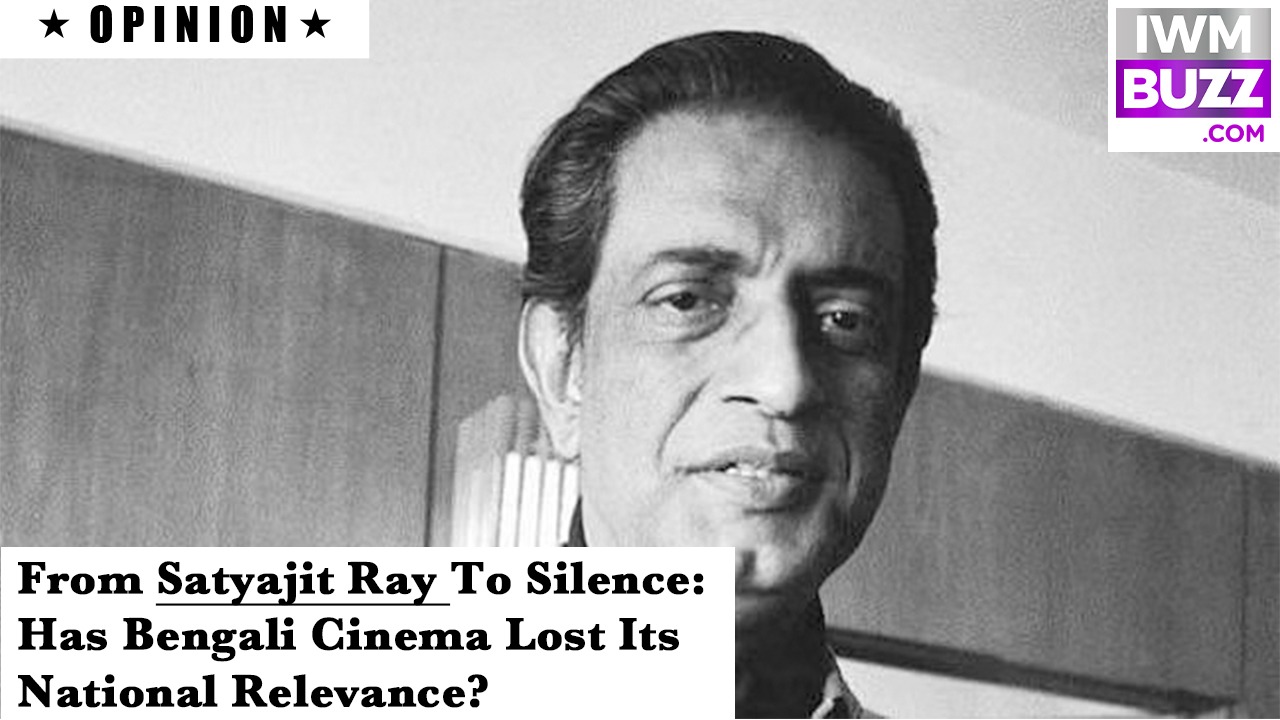There was a time when Bengali cinema didn’t need to fight for space. It was the space. The names — Ray, Ghatak, Sen — didn’t just define Bengali filmmaking, they helped shape Indian cinema as a whole. Their work travelled, won hearts, sparked debates, earned global respect. You didn’t have to be Bengali to care about a Bengali film.
Now, it’s a different story.
IMDb just released a 25-year retrospective of Indian cinema, based on global viewership. They looked at the most viewed Indian films from 2000 to 2025. Across languages — Hindi, Tamil, Telugu, Malayalam, Kannada — the list is full of titles that broke barriers and built new audiences. Not one Bengali film made the cut. Not one. That silence says a lot.
Yes, there have been recent wins. People turned up, especially in Kolkata. There was some buzz. It shows there’s still an audience that cares. But the impact doesn’t seem to go beyond Bengal. The conversation stays local. The films stay local.
The truth is, Bengali cinema hasn’t lost its talent — it’s lost its reach. While the southern industries are pushing boundaries, building spectacle, owning digital platforms and pan-India releases, Bengali films seem to be playing it safe. The ambition feels smaller. And in an ecosystem where visibility is everything, that comes at a cost.
It’s not about chasing mass appeal for the sake of it. It’s about refusing to be boxed in. The storytelling is there. The craft is there. But if no one’s watching outside the state, if no one’s talking about it, how long before it slips into cultural invisibility?
The absence from the IMDb list isn’t the real problem. It’s just a symptom. The real concern is that a cinema once at the heart of the national conversation now barely registers on its edge.
And maybe that should worry us.

